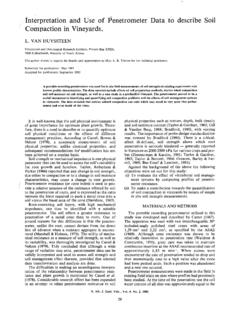Transcription of FERTILIZING RASPBERRIES and OTHER BRAMBLES
1 Spectrum Analytic, Analytic, Inc. FERTILIZING RASPBERRIES and OTHER BRAMBLES soil analysis 1087 Jamison Road 1-800-321-1562 Plant analysis PO Box 639 (740) 335-1562 Fertilizer analysis Washington , Ohio 43160 Fax: (740) 335-1104 Manure analysis 2 Table of Contents 2 soil 3 6 Phosphorus and 6 Secondary and 7 7 7 7 7 8 8 8 8 Introduction RASPBERRIES , blackberries, and OTHER similar fruit crops are collectively known as BRAMBLES . In many cases, fertilizer and OTHER recommendations for all of these crops may be the same. Perennial plants have the ability to store nutrients from one season to the next. This results in the internal nutrient status of the plants sometimes being somewhat different than would be expected from one season s soil test, or fertilizer program.
2 Because of this, virtually all authorities agree that producers should take annual leaf samples for nutrient analysis . Fertilizer programs can then be adjusted by these results. Establishment Apply any needed lime (target soil pH is from to ) at least one year prior to planting. Apply corrective rates of P2O5 and K2O prior to planting, and thoroughly incorporate into the soil . Apply of the recommended N (see nitrogen section of this paper) prior to planting and the remainder 3 weeks later. Any fertilizer applied after planting should be applied in a 4 ft. wide band over the row, but do not apply fertilizer within 3 to 4 inches of the plants. Maintenance Apply the recommended fertilizer to the soil surface in a 4 ft.
3 Wide band over the row, but do not apply fertilizer within 3 to 4 inches of the plants. One 4 inch fertilizer band on either side of the row or two-2 inch wide bands on both sides of the row. Apply the recommended P2O5 and K2O in the spring prior to the initiation of new growth. Apply the recommended N (see Nitrogen section of this paper) as follows. 3 soil pH Proper soil pH is critical to success with BRAMBLES . They require a soil pH in the range of to ; our recommendations program uses a target pH of This is a slightly acidic soil , when compared to most OTHER crops. Lowering the soil pH Because of BRAMBLES slight acidic soil requirements, they will frequently benefit from soil acidification.
4 This is typically accomplished through the application of sulfur (S). The accompanying table lists some S recommendations for acidifying soil . One note of caution; North Carolina State University recommends that on some of their soils, applications of S greater than about 300 lb/ac/yr have caused excessively large and damaging pH reductions in the soil . These effects would likely be more common on sandy soils and/or soils with a more acid subsoil. Sulfur (S) is the most economical, though still expensive, way to lower soil pH. This is a biological process where certain soil bacteria convert the elemental S to sulfate sulfur (SO4-S). During this process, acid is formed.
5 The drawbacks of using elemental S are: The soil must have a viable population of the correct bacteria. It is a slow process requiring time, soil temperature, and soil moisture. It is expensive. A Spectrum Analytic soil test will include proper S recommendations to lower the soil pH for the listed species. Surface applied S, like lime will not immediately affect the entire root zone. However, applied S may change the soil pH to a greater depth than lime. It is still wise to apply several smaller applications in order to avoid changing the soil pH too much. Sulfur Effect on soil pH ( ) soil CEC Original pH Target pH 1 5 10 15 20 25 30 110 220 335 450 550 650 885 274 548 943 1,337 1,644 1,951 2,701 374 747 1,257 1,766 2,168 2,569 3,547 469 937 1,547 2,157 2,642 3,127 4,309 845 1,689 2,024 2,357 2,641 2,924 3,849 109 218 272 327 382 436 576 218 436 545 654 763 872 1,151 327 654 818 981 1,145 1,308 1,726 436 872 1,090 1,308 1,526 1,744 2,301 763 1,526 1,799 2,071 2,344 2,616 3,414 1,090 2,180 2,507 2,834 3,161 3,488 4,526 189 377 472 566 685 804 1,051 343 686 870 1,054 1,213 1,372 1,825 682 1,363 1,575 1,786 2,047 2,308 2,980 1,045 2,090 2,379 2,667 2,956 3,244 4,199 50 100 125 150 225 300 375 250 500 650 800 900 1,000 1,349 600 1,200 1,350 1.
6 500 1,750 2,000 2,545 1,000 2,000 2,250 2,500 2,750 3,000 3,871 Adapted from the Western Fertilizer Handbook 7th ed.: Nursery Management, 2nd ed. H. Davidson, et al., 1988; the Highbush Blueberry Production Guide (NRAES-55), Northeast Regional Agricultural Engineering Service, M. Pritts and J. Hancock ed., 1992.; and Vegetable Growing Handbook, W. E. Splittstoesser, 1979. 4 In situations where the drawbacks of using elemental S are a problem, OTHER materials may be better. The following table lists some OTHER options and conversion rates. Material Chemical Formula Percent Sulfur lbs of Material to Equal 100 lbs of Sulfur Elemental Sulfur* S 110 Sulfuric Acid H2SO4 306 Sulfur Dioxide SO2 198 Iron Sulfate 896 Aluminum Sulfate Al2(SO4)3 694 Ammonium Sulfate* (NH4)2SO4 422 *Note: The acidifying effect of elemental sulfur is caused by sulfur oxidizing bacteria.
7 These bacteria must be present in the soil , in sufficient amounts, in order to have the desired effect. If a soils pH is above in its natural state, it may not have a large population of sulfur oxidizing bacteria. In these cases it may be helpful to inoculate it by adding some soil from another source that is naturally acid. Also, the pH change caused by the bacterial oxidation of sulfur may be relatively slow (12 months or more) since they are dependent on sufficient soil moisture and temperature to accomplish efficient sulfur oxidation. The OTHER products listed produce a chemical acidifying effect, independent of soil organisms and may be faster and more dependable than elemental sulfur.
8 Caution: Some authorities recommend that no more than 300-350 lbs. of S (or its equivalent)/acre/year is applied to established stands. This is because some data on low CEC soils with acid sub-soils indicate that high rates of S can cause a temporary excessively low pH. In this research, the trees were severely damaged and many died. Not all authorities report this effect and in our personal experience with high pH clay soils (high CEC), higher rates of S in a single application can be made. If your soil has a low CEC (less than 10), and has an acid sub- soil you should limit annual applications to no more than the equivalent of 350 lb. S/acre. Monitor these situations with annual soil tests plus additional S applications as needed until the desired soil pH is reached.
9 Raising the soil pH Calcium carbonate recommendations assume that the lime will be thoroughly mixed in the top 7 inches of soil . This is not possible with established BRAMBLES , so the lime rate should be adjusted proportionately to reflect the volume of soil that the lime will be mixed with. Surface applied lime will typically affect only the top 2 3 inches in the first 6 -12 months, and the rates should be adjusted proportionally (use only 28% to 42% of the recommended rate, respectively). On very sandy soil (lower CEC); surface applied lime will tend to affect soil to a deeper depth. Split applications of a lower rate of lime will eventually increase the soil pH of the entire root zone with less chance of over-liming the soil surface.
10 Recommendations should also be adjusted to account for the particle size of the lime source. Finer particle sizes react quicker and require lower rates to change the soil pH in a given amount of time. Re-test the soil annually to monitor the change in soil pH. Sample Lime Recommendations (lbs/acre of 100% CaCO3) soil Buffer pH (BpH) Original soil pH Target soil pH 16,827 12,981 9,136 5,290 1,444 20,227 15,602 10,987 6,353 1,728 22,891 17,656 12,420 7,185 1,950 16,795 12,949 9,104 5,258 1,412 20,195 15,570 10,946 6,321 1,696 - 9,205 6,470 3,735 999 - 12,940 9,095 5,249 1,403 - - 6,468 3,732 997 5 Converting CaCO3 Recommendations to Local Ag Lime 1.



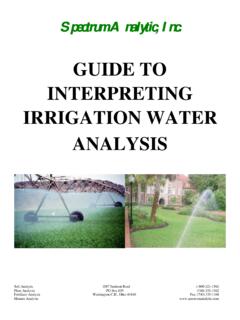
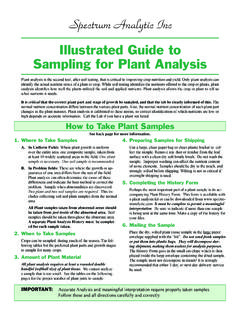




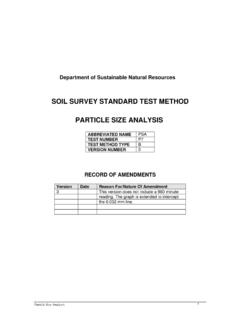
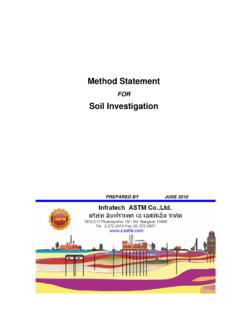
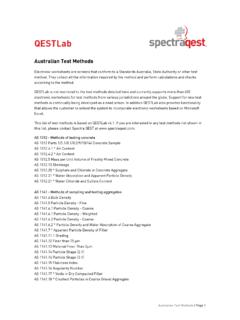
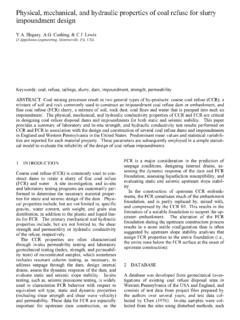
![CFED Phase IV Final Report V[10]](/cache/preview/a/4/7/c/4/e/0/f/thumb-a47c4e0fdbaba3f9a2b52c184a425d9f.jpg)
